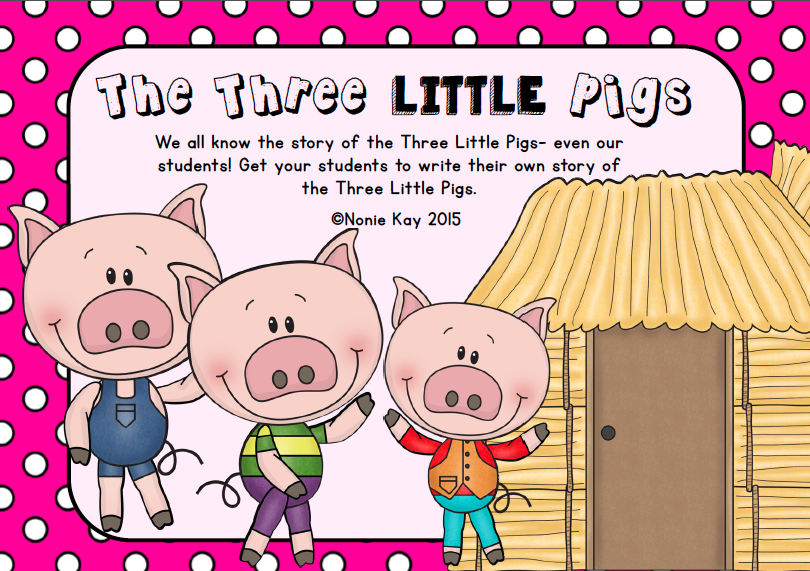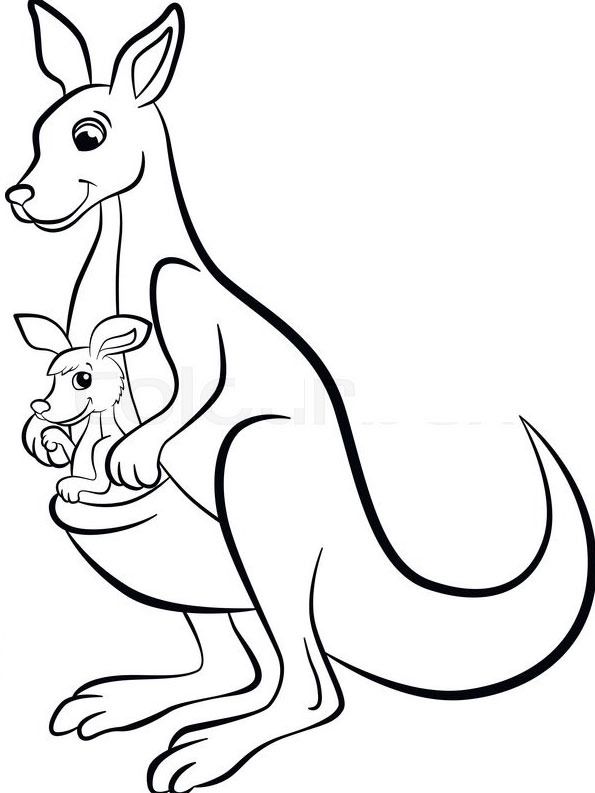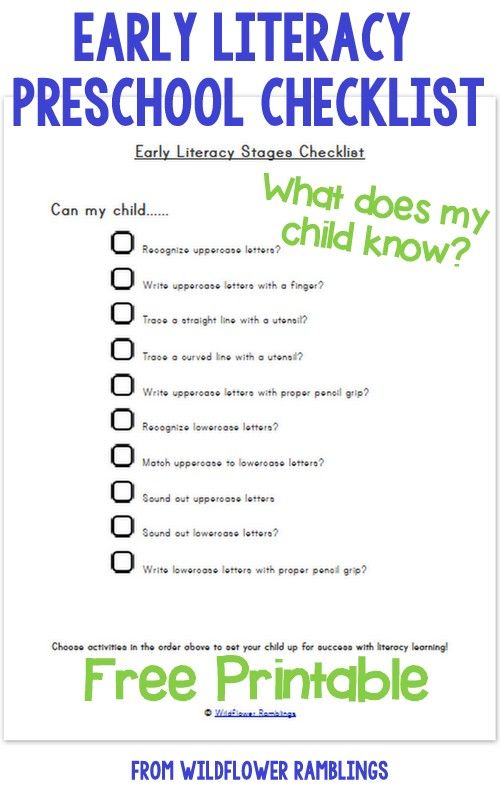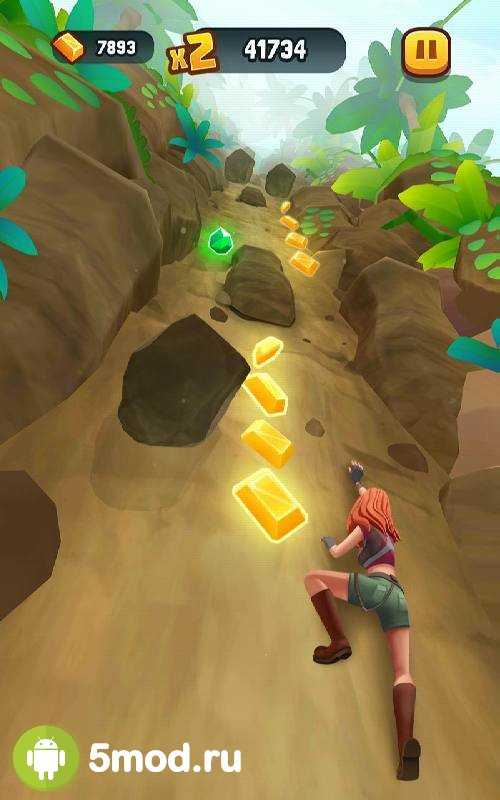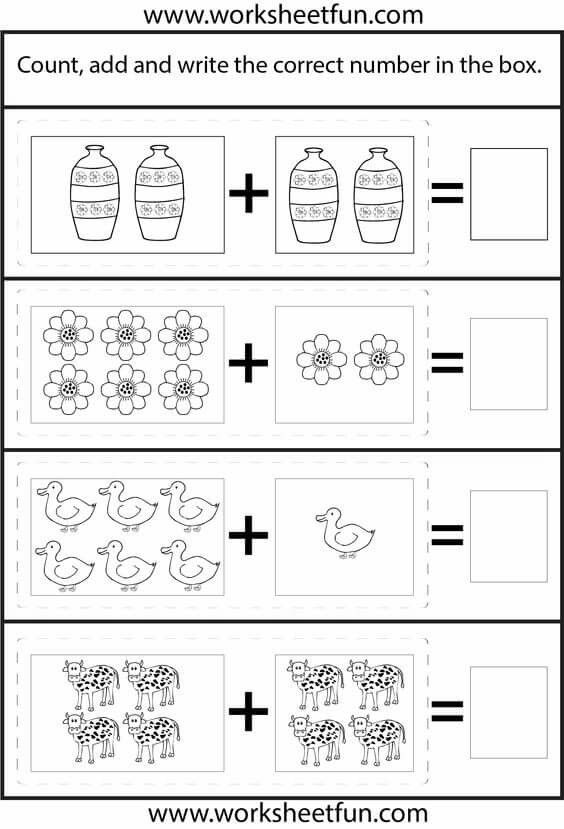Prepositions for where
Prepositions Of Location - Definition And Usage
We all know that a preposition is a word that is combined with a noun or pronoun to give further description in terms of time, place or direction. Prepositions of location are words that are used to describe the place where a certain object is at a certain time. For you to achieve in identification of prepositions of direction, then you have to ensure that you answer the question where.
You need to ask yourself that question and go back to your sentence, and once you get an answer to your question, then that is probably the preposition that we are talking about at this moment. As we had seen earlier in and on are also classified as prepositions of direction depending on how they are sued in a sentence. It is good to identify how different preposition have been used in a sentence because it helps you to understand the sentence well.
Also, note that certain preposition may be used more than once when it comes to its classifications. The main prepositions of location known are: in, on and at but there are other prepositions that are derivatives of the same that also describe a location. Prepositions of location are used to describe the namely location of objects in a sentence. Namely place, is the name of the location or position of the object.
How to identify prepositions of location
You need to know that preposition of location majors on description of the position or place that the noun occupies in a sentence. Once you are able to identify these prepositions, then you are good to go because you will not confuse it at any time once again. Most people do confuse preposition of location with the prepositions of direction.
The difference between the two is in what they describe. The prepositions of direction are associated with motion, so it describes the direction of the movement whereas the prepositions of location are associated with the final destination of the object at a particular time. The object, in this case, is usually stationary.
Types of prepositions of location
There are three main prepositions of location, i.e., on, in and at. Each of these prepositions has a different meaning when used in a sentence. It is good to understand the definition of each and its application.
At
‘At’ is a preposition of location that is used to specify the point where an object or person is at the moment. It indicates an exact position of an object. (To indicate means to show) Examples of its use in a sentence;
- The police officers are waiting at the junction. (this indicates the exact position where the police are waiting)
- The baby was eating at the dining room. (From this phrase we can see that the baby’s position is the dining room)
- The accident occurred at the flyover. (we can be able to know the exact spot where the accident occurred, and that is the flyover.
- Joshua works at the bank. (the location where Joshua works is the bank)
In
‘In’ is a preposition of location that is used to describe an enclosed space.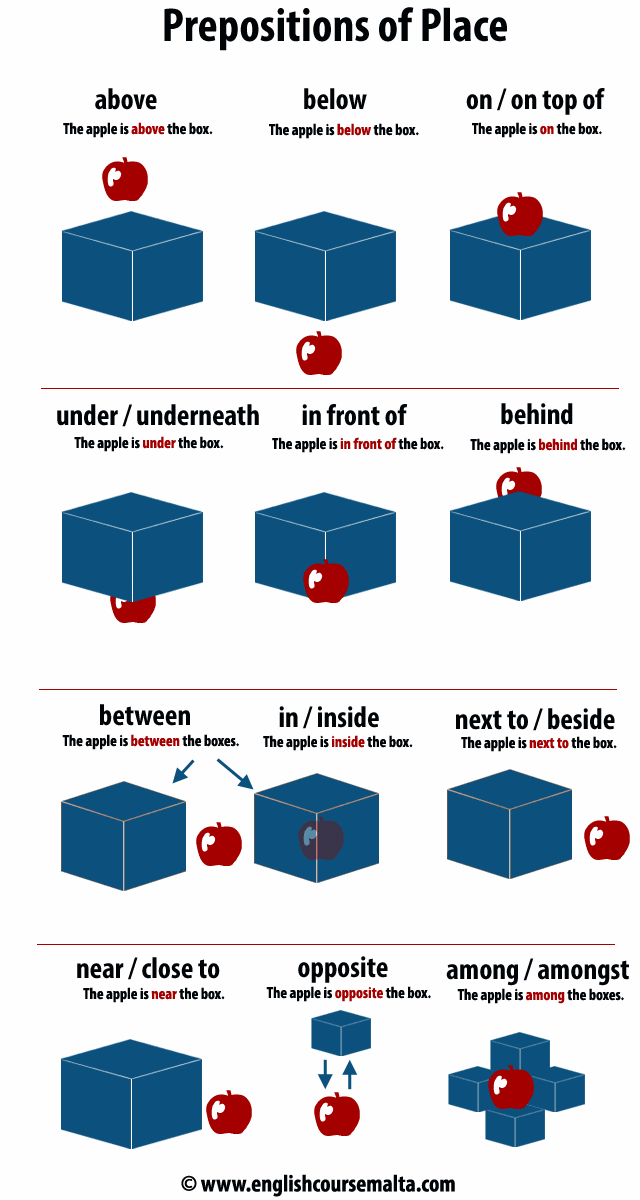 It tells us that the noun is covered everywhere by something hence inside. Below are some of the examples:
It tells us that the noun is covered everywhere by something hence inside. Below are some of the examples:
- The ball is in the box. (the ball is enclosed by the box hence its position is in the box)
- The FIFA president is currently in the country. (here the president is enclosed within the boundaries of the country thus his position is in the country.)
- My sister is sleeping in her room. (here we get to know the position of the person)
- The manager is driving in his car. (the manager is enclosed in the car while driving)
Most people may confuse prepositions of direction with the preposition of location at this point and what you need to know is that prepositions of location describe a stationary position of an object. A good example that may confuse is: the snake is going into the cave. In this example, you can confuse the preposition ‘into’ to mean location, but it indicates the direction. Prepositions of location usually describe the final position of the object.
On
This preposition indicates a position that is open and on the surface. You should use ‘on’ when the object being described is in contact with something on the surface. Below are its examples:
- The phone is on the table. (here we see that the position of the phone is on the surface of the table and the two are in contact)
- The shoes are on the floor. (the floor is the surface and the shoe is on it)
- The bird is on the roof of the house. (the position of the bird is on top of the roof)
- The baby is sleeping on the bed. (this means that the baby is sleeping on the surface of the bed.)
Besides these prepositions that we have seen other prepositions are also used to describe a location. These prepositions are derivatives of the main prepositions: on, in and at. They are formed by adding suffixes to the main prepositions. Some of the types and examples are as follows:
Above
This preposition is used to describe a position that is at a higher level from a particular surface. A case in a sentence:
A case in a sentence:
The plane flew above the clouds. (the location of the aircraft is above the clouds).
Below
This preposition describes something that is at a lower level than a referenced surface. An example in a sentence is:
The divers went 500 meters below the sea level.
Next to
Next to is used to describe a position just beside the referenced object of person. This preposition can be used interchangeably with beside. An example in a sentence;
I was seated next to the company manager.
In between
This preposition describes space separated by two objects. An example of its application is:
The baby crawled in between her legs.
Behind
Behind is a preposition that describes a position at the back of something.
The rude boy was hiding behind the main house after beating his friend. (here there is a barrier that is the house then the position is at the back.
Under
‘Under’ is used to describe a surface just below another surface.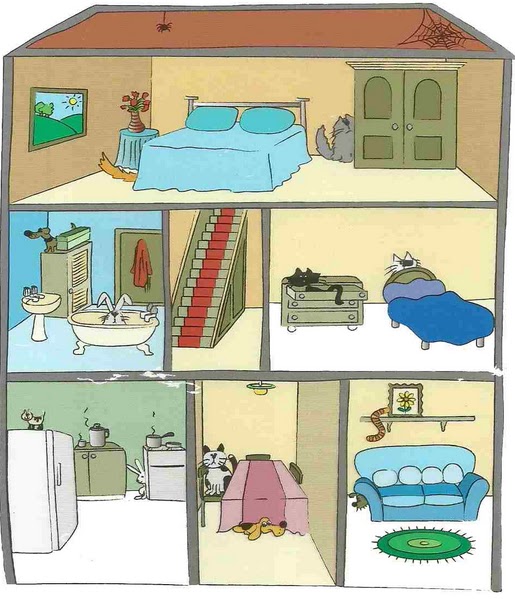
e.g., the charger was found under the bed. (the location here is just below the surface which in this case is the bed.)
Tips on learning prepositions of location
Most people find it difficult in understanding location prepositions, and they end up misapplying it in their sentences changing the entire meaning of the phrase. Below are some of the tips that can guide you in mastering these prepositions and its appropriate application:
- You should avoid direct translation from your native language- Most people mess up just because they translate the sentence into their native language get the preposition and replace it in the sentence in English. Translation usually brings a different meaning, so avoid direct translation you need to insert the preposition in a sentence and read it, if it does not apply there, you will note from re-reading.
- Practice it by applying it in a sentence- to comprehend prepositions of location; you need to use it directly in a sentence then determine whether it fits the position or not.
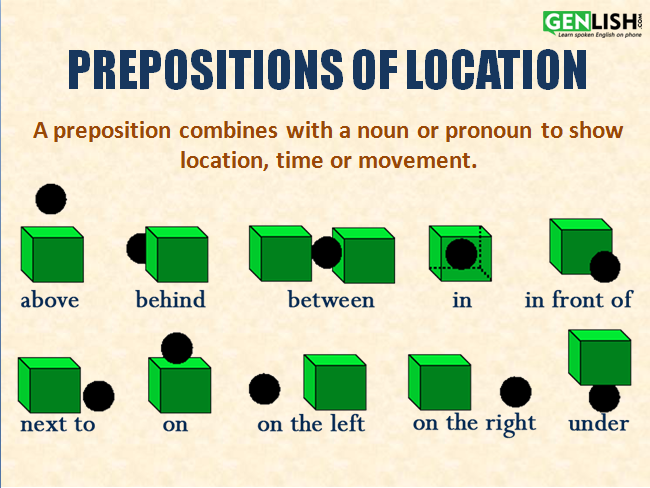 When you apply it in a sentence and reread it, you will be able to know if it is wrongly used.
When you apply it in a sentence and reread it, you will be able to know if it is wrongly used. - Answering the question where? For you to be able to identify a preposition of locationyou need to ask yourself the position of the object that you are talking about in your sentence. Prepositions of place are associated with the final stationary position of an object at a particular time.
Summary
Having gone through all the prepositions of location, it is good to recap all that you have learned in summary. We have seen that prepositions of location are the words that are used to describe the stationary position of an object or person at a particular time. We have seen that the primary examples of these prepositions are: on, in, and at.
On is used to mean on the surface while in contact with something, ‘in’ is used to describe a location enclosed by something and ‘at’ is used to describe the exact position of an object at a particular time. We have also seen other alternative preposition of location such as besides, below, above and behind.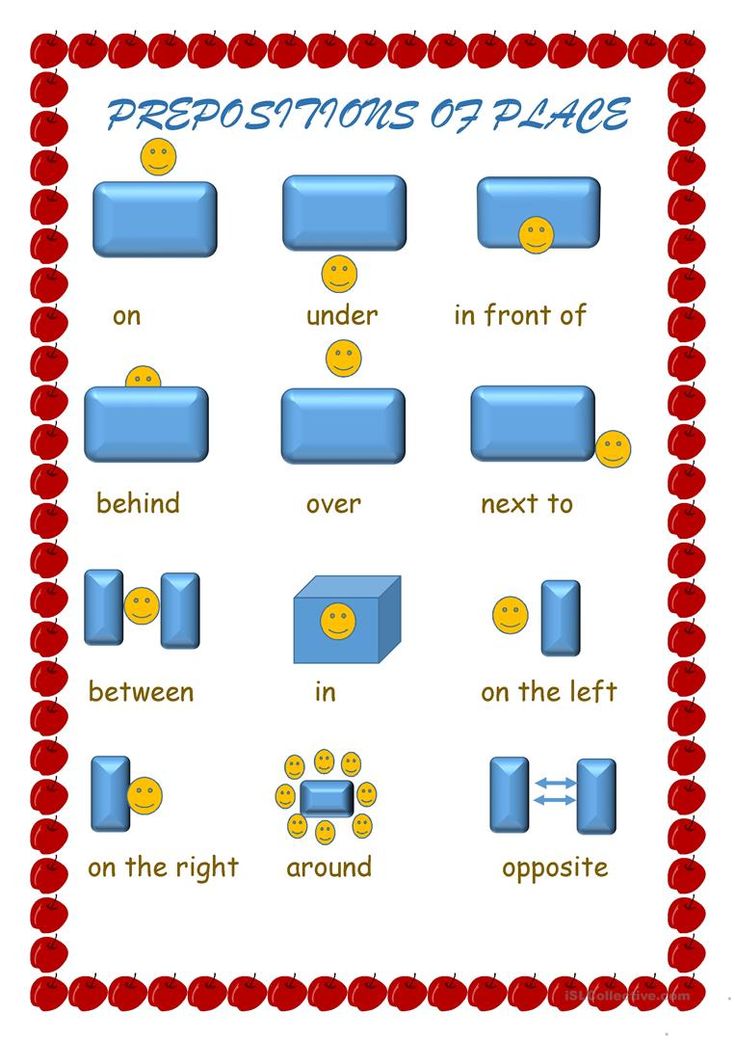 We have also seen the application of each of the preposition by giving examples.
We have also seen the application of each of the preposition by giving examples.
With this guide, I believe that you are now equipped with all it takes to understand prepositions of location, and you can quickly identify them in a sentence without difficulty. The only task remaining for you is to practice on them, and you will emerge the best, it’s that simple.
Location Prepositions (at, in, on)
The prepositions of location at, in, on and aboard are a bit more complicated than basic position prepositions. Location prepositions are associated with specific types of locations, which must be memorized.
Sometimes, the location prepositions are logical. For example, in a house makes sense because you are physically standing inside the house. Other location prepositions are less logical. For example, on a bus means inside the bus rather than standing on top of the bus. Here is a list of location prepositions and the types of locations they are associated with.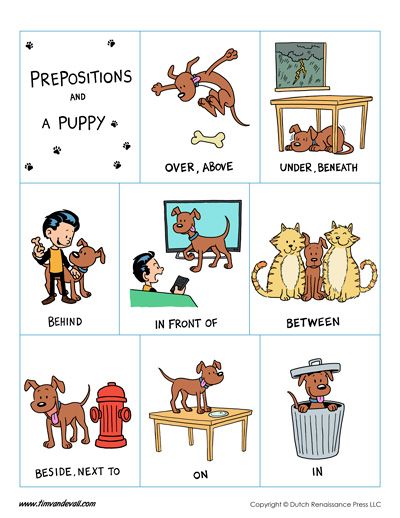 Scroll down for example sentences, usage notes, and location preposition exercises.
Scroll down for example sentences, usage notes, and location preposition exercises.
| Preposition | Locations |
|---|---|
| at | specific locations, addresses, companies, stores, events, parties, desks, counters |
| in | enclosed spaces, buildings, organizations, regions, water, deserts, mountain ranges, forests, cities, countries, continents, the sky, space, cars, groups of people, little boats |
| on | surfaces, roads, corners, shores, single mountains, islands, planets, public transportation, bikes, big boats, stairs, balconies, walkways |
| aboard | boats, planes, trains |
To help you understand the types of locations listed above, here are some real-life examples of at, in and on to get you started. There is a discussion of aboard further down the page.
| At | In | On |
|---|---|---|
| at work | in class | on the floor |
| at home | in college | on the ground |
| at the bank | in the hospital | on the freeway |
| at the beach | in my car | on the lawn |
| at 123 Main Street | in a taxi | on the subway |
| at IKEA | in a canoe | on the Titanic |
| at the party | in the sky | on the plane |
| at the bus stop | in the universe | on Mount Everest |
| at the ticket counter | in the army | on the stairs |
| at my desk | in the Rocky Mountains | on Mars |
| at the dinner table | in the Pacific | on the shore |
| at the exit | in the crowd | on the sidewalk |
| at the supermarket | in the theater | on the balcony |
| at the wedding | in China | on Catalina Island |
| at the post office | in Africa | on his motorcycle |
At School vs.
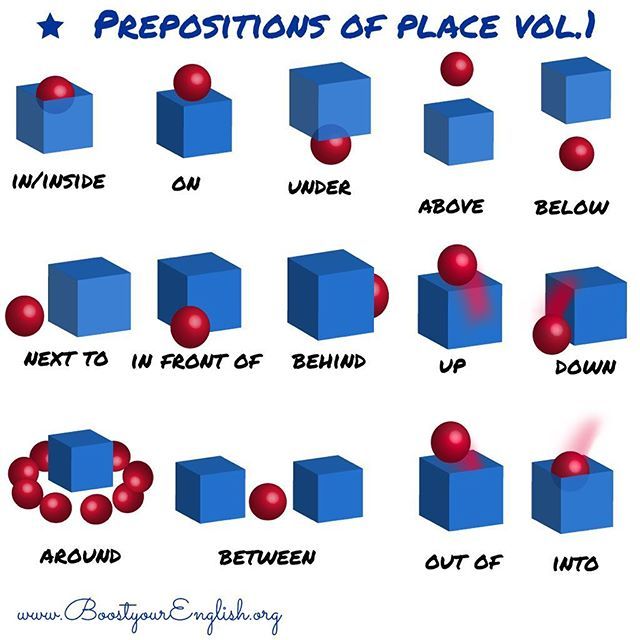 In School
In SchoolIt's important to remember that each preposition expresses an idea. For example, at expresses the idea of being at a specific location, whereas in expresses the idea of being in an institution. For this reason, at school and in school have two very difference meanings. Take a look at the examples below to understand the difference.
Examples:
- Tom wasn't at home; he was at school.
- Fred doesn't have a job yet because he is still in school.
On a Street vs. In the Street
Again, different prepositions have different meanings. On is generally used for street locations (on Main Street), whereas in is used to talk about standing in the middle of the street.
Examples:
- My house was on Delaney Street.
- The car almost hit him because he was in the street.
At the Beach vs. On the Beach
As described above, you must remember the meanings of the prepositions.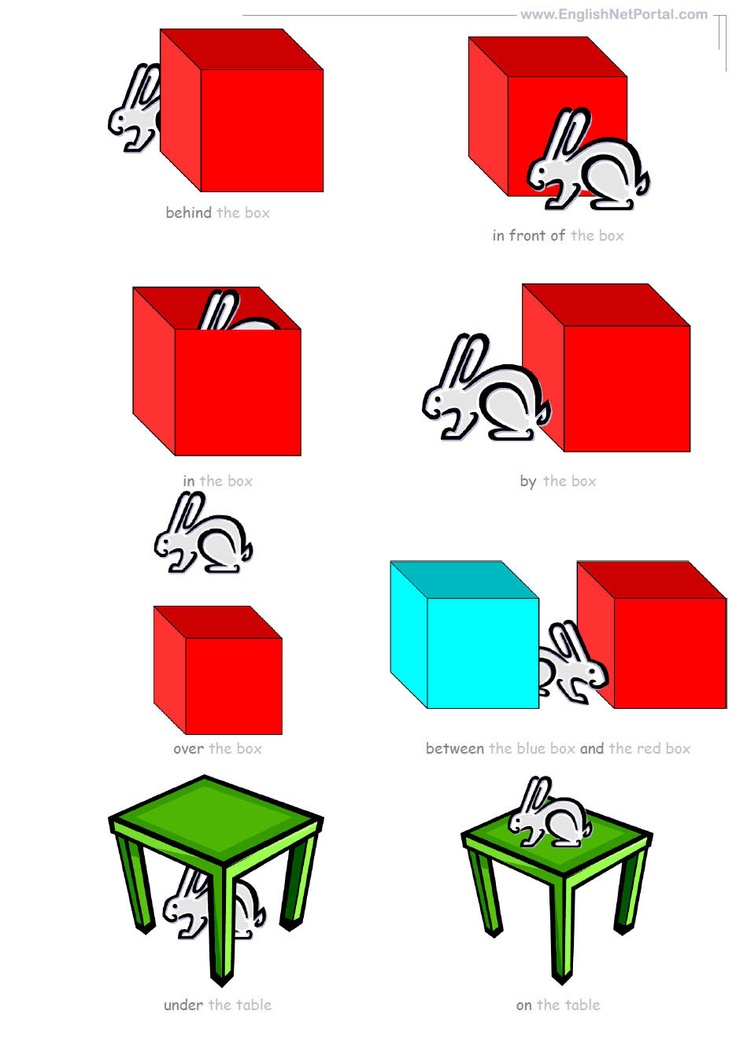 At the beach is referring to the location. On the beach suggests the idea of being on the shore (standing on the sand.)
At the beach is referring to the location. On the beach suggests the idea of being on the shore (standing on the sand.)
Examples:
- Sarah wasn't at school; she was at the beach.
- Lisa wasn't in the ocean when she saw the shark. Luckily, she was on the beach.
In Water vs. On Water
Once again, the difference depends on the meaning of the prepositions. When you are in water, you are swimming in the water. However, when you are on water, you are floating on the surface of the water in a boat OR you are standing on the shore of that body of water. This applies to lakes, rivers, oceans and other bodies of water.
Examples:
- We were in the sea all day.
- We were on the sea all day.
- I have a beautiful house on the sea.
In a Boat vs. On a Boat vs. Aboard a Boat
The word boat is a little more complicated. When English speakers are in small boats, they feel that they are inside something like a car, so they use the preposition in.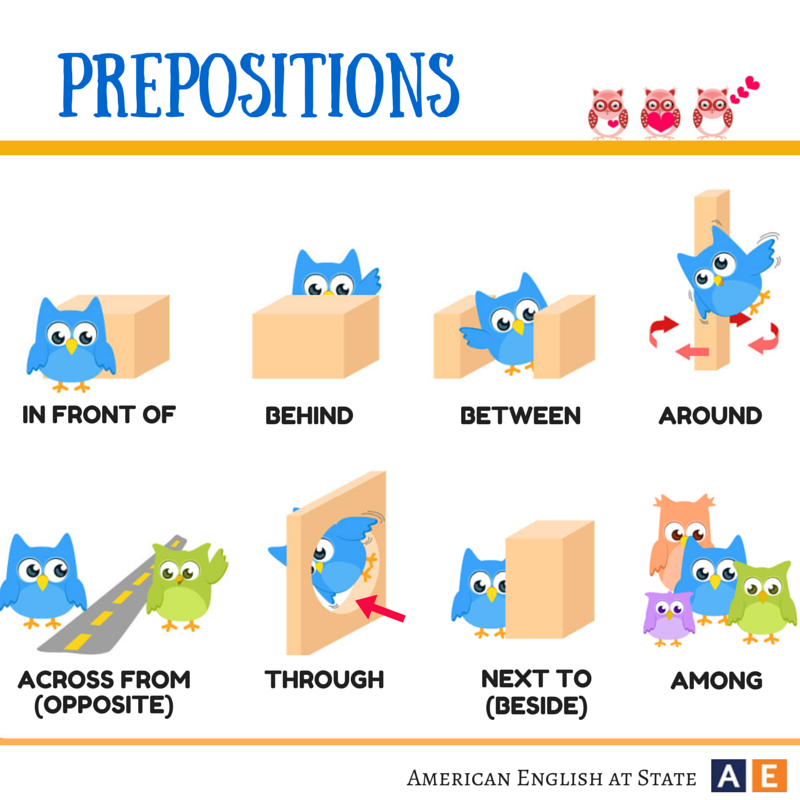 On large boats or ships, it feels more like public transportation and they prefer to use the word on rather than in.
On large boats or ships, it feels more like public transportation and they prefer to use the word on rather than in.
The preposition aboard is usually used in more formal language with large passenger vehicles such as planes, trains and ships and is often used to emphasize the moment you first step onto the vehicle. It is most commonly heard in the expression welcome aboard.
Examples:
- Jane was in a rowboat when she saw the whale.
- Natalie was on a cruise ship when she saw the whale.
- When everyone was aboard the ship, we departed.
Location Preposition Exercises
- Location Prepositions Exercise 1
- Location Prepositions Exercise 2
Prepositions, conjunctions, particles and interjections / Grammar
- Grammar
- Prepositions, conjunctions, particles and interjections
Prepositions
A preposition is a functional part of speech that shows the relation of a noun, numeral and pronoun to other words in a phrase and in a sentence.
Each preposition must be used with some specific indirect case:
- The book lies on table. (= The book is on the table.)
- The cat lies under the table . (= The cat is under the table.)
- There is a chair at the table . (= There is a chair by the table.)
Prepositions do not change and are not part of the sentence.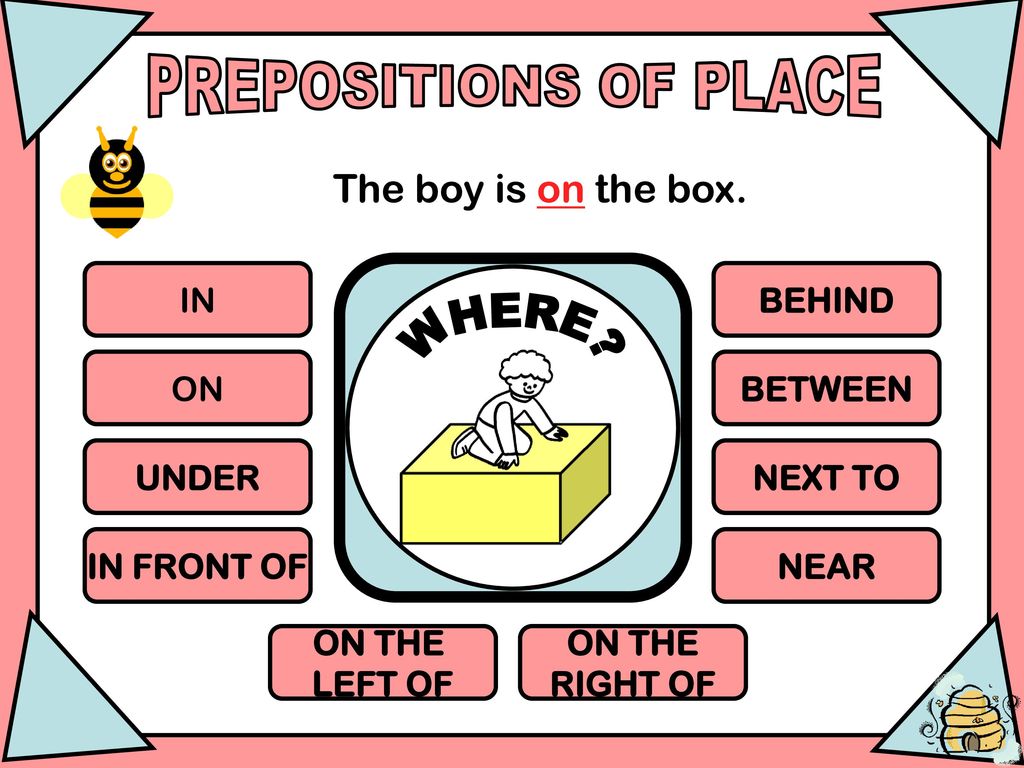
Prepositions express different relationships:
- spatial:
- works at plant (= works in a factory) , lives in village (= lives in the village) , returned from work (= returned from work)
- temporary:
- frosts under morning (= frost in the morning) , rested on holidays (= rested on vacation) , gymnastics before lessons (= gymnastics before class) , occupies from am to pm (= busy from morning to evening)
- object:
- write about movie (= write about the film) , talk about construction site (= talk about construction)
- mode of action:
- speak with enthusiasm (= speak with enthusiasm)
- causal:
- error to inattention (= careless error) , missed classes due to illness (= missed classes due to illness) , turned pale from fear (= turned pale with fear)
- target:
- write for pleasure (= write for fun)
Prepositions can be used with several cases:
| With one case | With two cases | Three-case | |
|---|---|---|---|
| Genitive Genitive | without (= without) , near (= near) , in view of (= in view of) , near (= near) , in a relationship (= regarding) , around (= around) , ahead (= in front) , in continuation (= continued) , as a result (= due to) , during (= during) , for (= for) , from (= from) , due to (= because of) , from under (= from under) , Besides (= other than) , near (= about) , from (= from) , beside (= beside) , as (= according to measure) , after (= after) , before (= before) , against (= against) , at (=y) | between (= between) | With (= with) |
| Dative Dative | thanks to (= thanks) , contrary to (= contrary) , to (= to) , according to (= according to) , respectively (= respectively) | on (= by) | |
| Accusative Accusative | in spite of (= despite) , about (= pro) , With (= with) , through (= through) , through (through) (= through (through)) | in (in) (= in (in)) , per (= for) , on the (= on) , oh oh (both) (= about (about, about)) , under (= under) | on (= by) , With (= with) |
| Creative Creative | in accordance with (= according to) , over (need) (= over (must)) , before (before, before) (= before (before, before)) , according to (= according to c) , in connection with (= due to) | between (= between) , per (= for) , under (= under) | With (= with) |
| prepositional prepositional | at (= at) | in (= in) , on the (= on) , o (about, about) (= about (about, about)) | on (= by) |
Non-derivative and derivative prepositions
Prepositions are divided into non-derivative and derivative ones.
Non-derivative prepositions:
without (= without) , in (= in) , before (= before) , for (= for) , per (= for) , from (= from) , to (= to) , on the (= on) , above (= over) , about (= o) , about (= about) , from (= from) , on (= by) , under (= under) , before (= before) , at (= at) , about (= pro) , With (= with) , at (=y) , through (= through)
Derived prepositions are formed from independent parts of speech by losing their meaning and morphological features.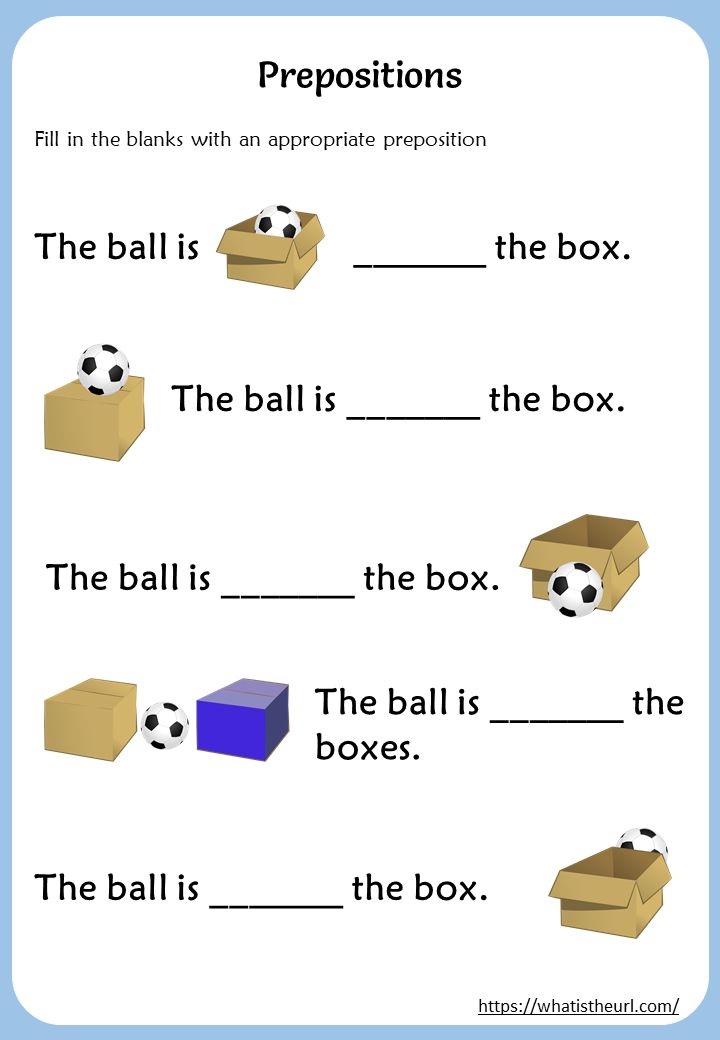 They originated from:
They originated from:
- nouns:
- in view of (= in view of) , as a result (= due to) , about (= about) , with help (= with help) , when (= in case) , on condition (= provided)
- gerunds:
- wait (= later) , later (= later) , thanks to (= thanks) , beginning with (= starting from) , in spite of (= despite) , not to mention (= not counting)
- adverbs:
- near (= about) , after (= after) , near (= near) , past (= past) , inside (= inside) , along along (= along along) , far from (= away from)
Prepositions according to the structure are divided into simple ones ( in (= in) , about (= about) , for (= for) , around (= around) ) and composite ( in connection with (= due to) , in spite of (= despite) , during (= during) ).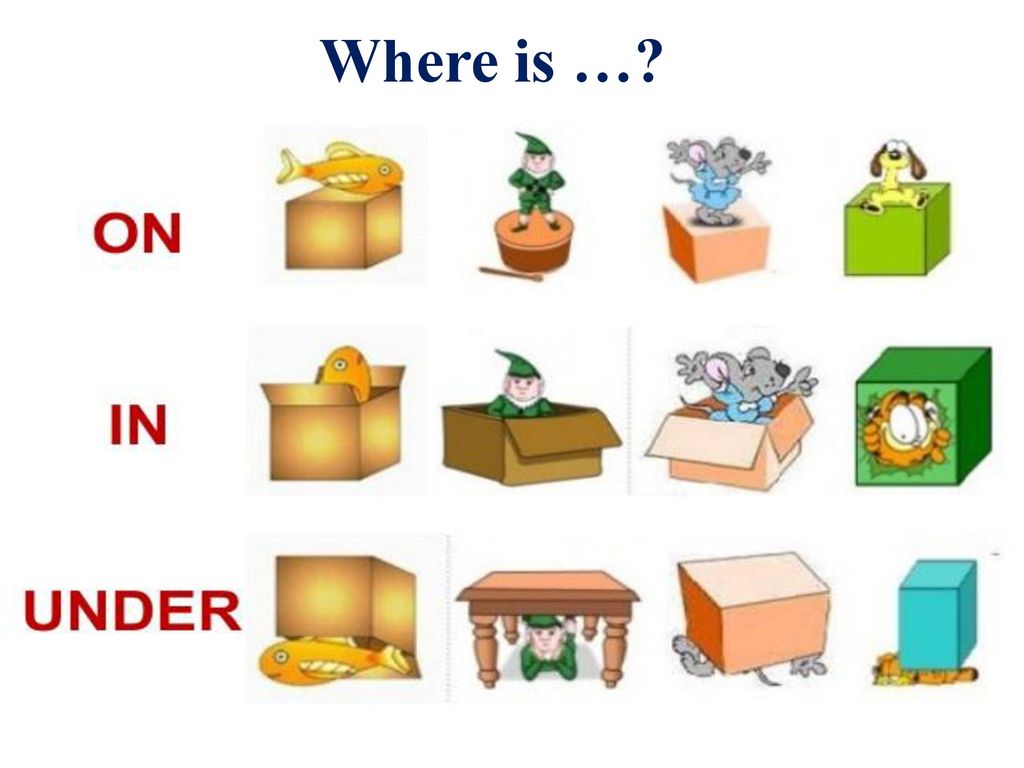
Conjunctions and allied words
Conjunction is an auxiliary part of speech that connects homogeneous members in a simple sentence and simple sentences in a complex sentence:
By structure, unions are divided into simple (single-word) and compound non-single-word ones):
- simple :
- a (= a) , and (= and) , to (= to) , if (= if)
- composite:
- because (= because) , as if (= as if) , that is (= that is)
In terms of meaning, conjunctions are divided into coordinating and subordinating.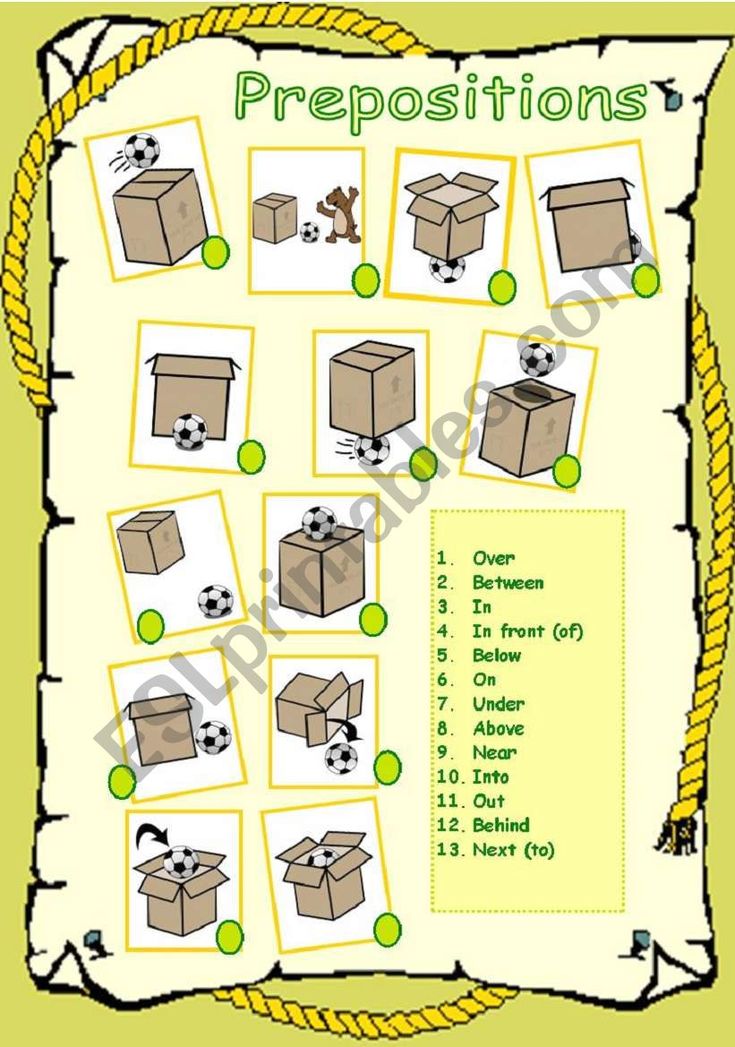
Coordinating unions are unions that serve to connect homogeneous members of a sentence and equal in meaning simple sentences as part of a complex one:
- It used to be that from the very early morning I run away or to the pond, or to the grove, or to the hayfield.
I used to run away from the very early morning either to a pond, or to a grove, or to haymaking. - Night fell, and it snowed.
Night fell and it began to snow.
Coordinating conjunctions are divided into three groups according to their meaning:
- connecting
- and (= and) , yes in meaning and (= yes in the meaning of and) , no no (= neither.
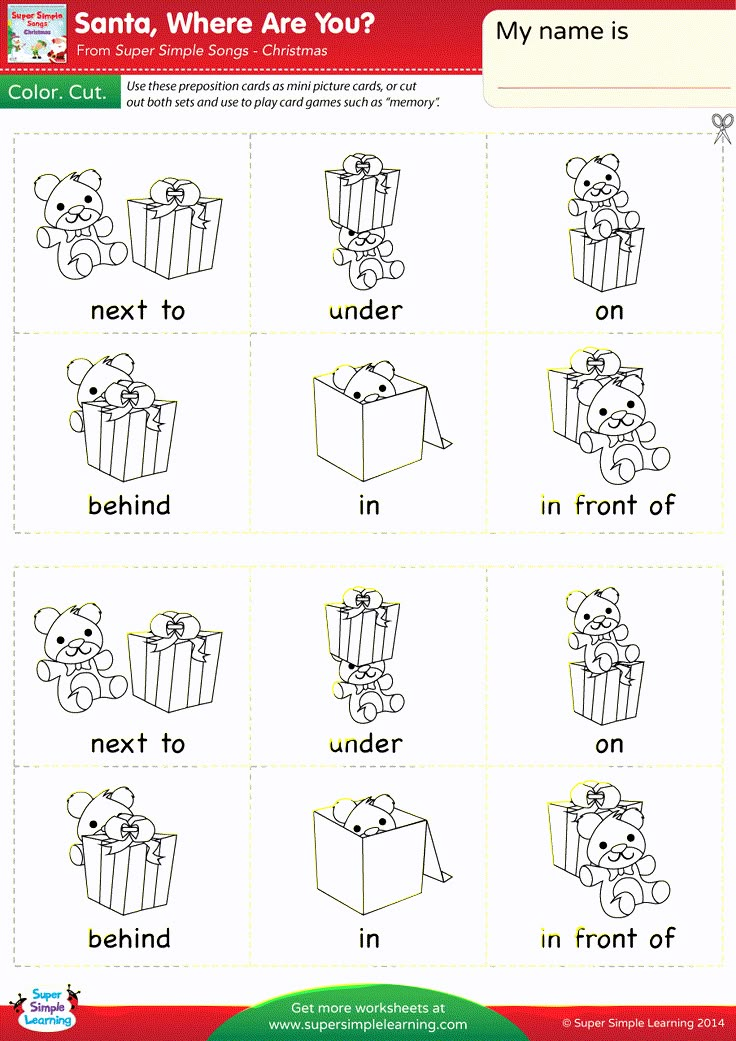 .. nor) , too (= too) , also (= also) , not only but (= not only…but also) , like...and (= both…and)
.. nor) , too (= too) , also (= also) , not only but (= not only…but also) , like...and (= both…and) - adversative
- a (= a) , but (= but) , yes in the meaning but (= yes in the sense of but) , but (= however) , though (= however) , but (= but)
- spacers:
- or (= or) , or (= either) , then .
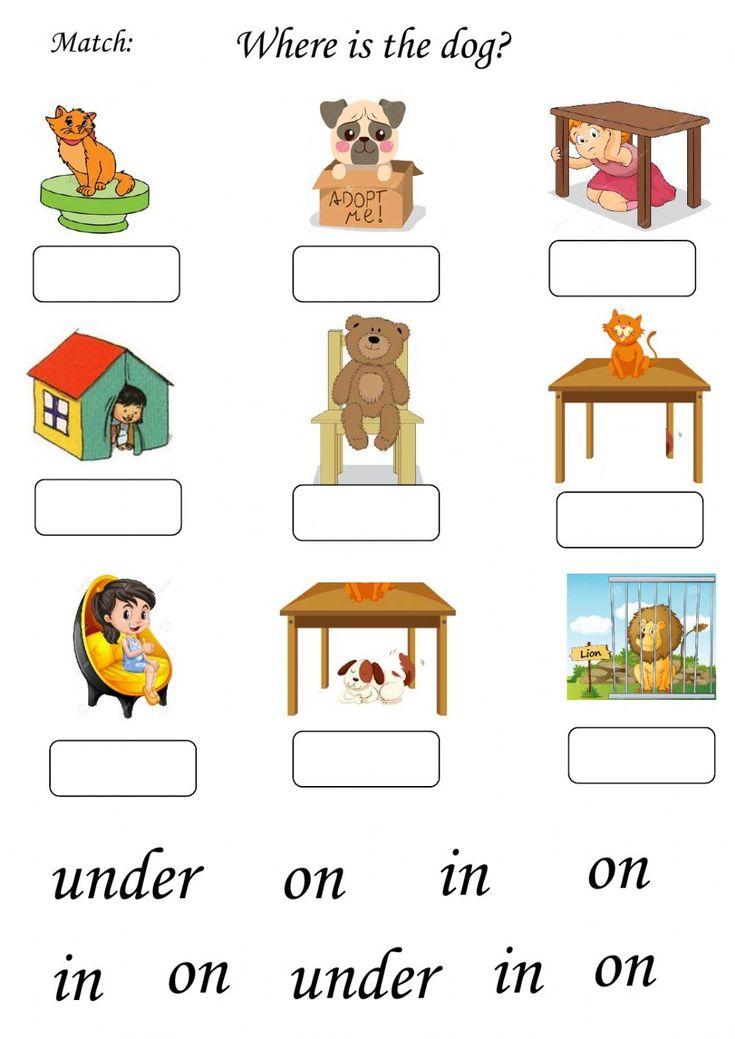 .. then (= that... that) , not that... not that (= not that… not that) , or ... or (= either…or)
.. then (= that... that) , not that... not that (= not that… not that) , or ... or (= either…or)
Connecting conjunctions are used to express simultaneously or sequentially occurring events, phenomena of reality:
- Clouds fly in the sky and melt, and miracles work on earth. (Lukyanov)
Clouds fly and melt in the sky, and miracles happen on earth. (Lukyanov) - But the wind swept and carried away the clouds, and the sky became clear.
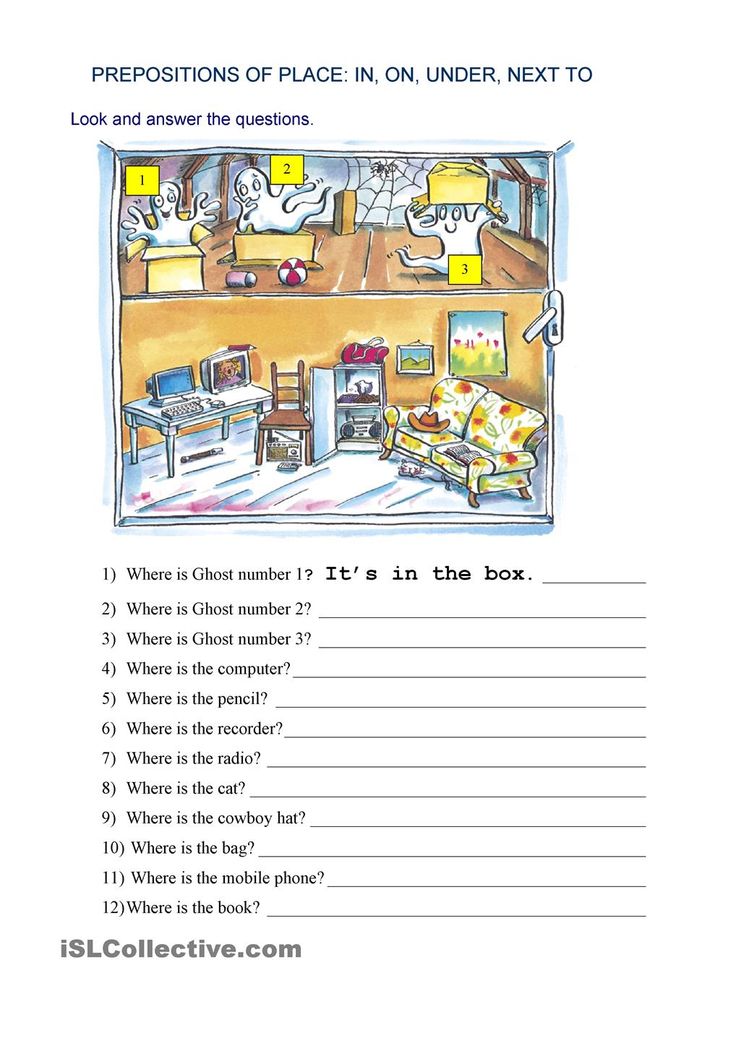 (Vasiliev)
(Vasiliev)
But the wind blew and carried away the clouds, and the sky became clear. (Vasiliev)
Opposite conjunctions express relations of opposition or differentiation:
- To sing a sad song, but no time to be sad. (Zharov)
To sing a sad song, but there is no time to be sad. (Zharov) - Hope is my earthly compass, and luck is a reward for courage. (Dobronravov)
Hope is my earthly compass, and luck is a reward for courage.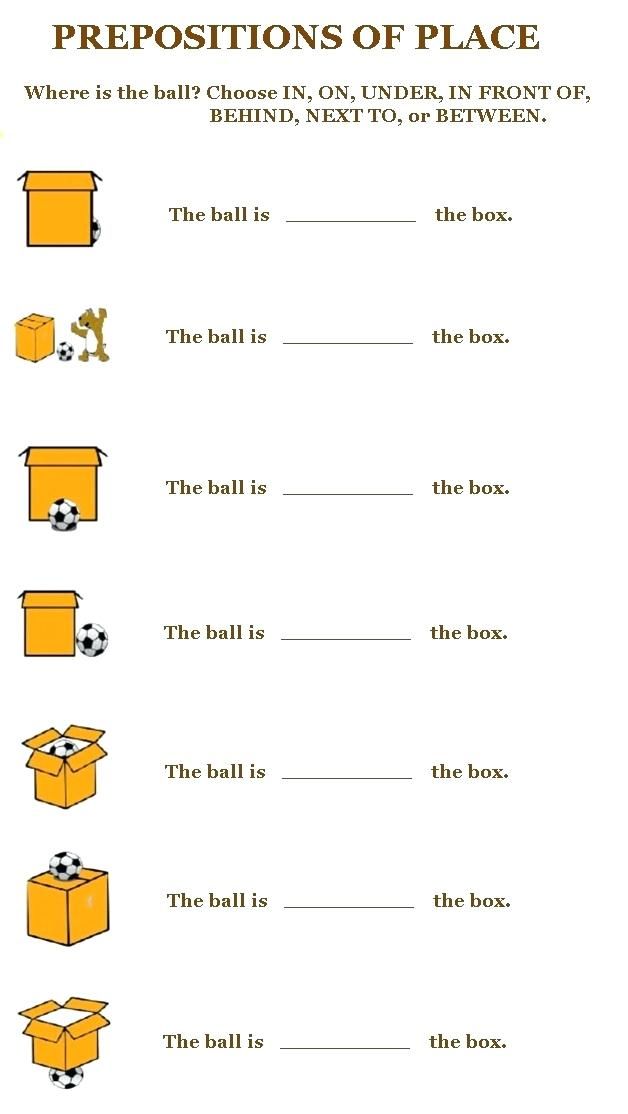 (Dobronravov)
(Dobronravov)
Separating unions introduce into the sentence the meanings of alternation, choice, proposal, non-distinction:
- The accordion plays across the river, then will flood, then will freeze. (Isakovsky)
Across the river, the accordion plays, then fills up, then freezes. (Isakovsky) 9029eight There will be sun or storm - we are with you forever. (Oshanin)
There will be sun or storm - we are with you forever. (Oshanin)
A comma is placed between homogeneous members connected by repeating connecting or separating unions ( and.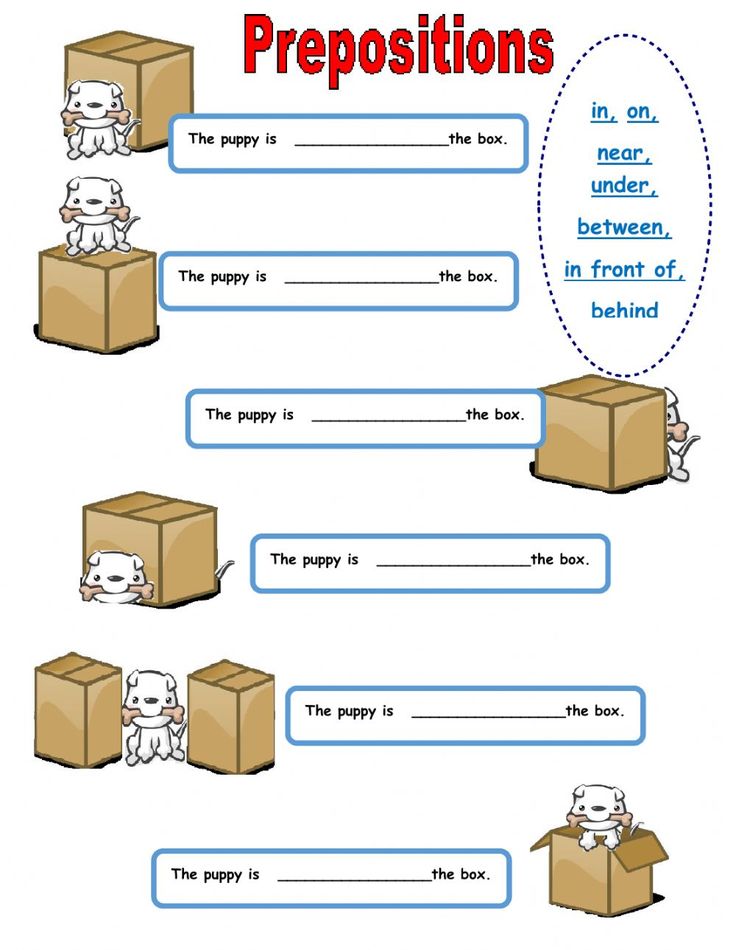 ..and (= and) , neither ... nor (= neither... nor) , then ... then (= that... that) , either ... or (= either…or) , not that ... not that (= not that… not that) , or...or (= or... or) , either ... or (= either) ):
..and (= and) , neither ... nor (= neither... nor) , then ... then (= that... that) , either ... or (= either…or) , not that ... not that (= not that… not that) , or...or (= or... or) , either ... or (= either) ):
- Either life becomes more melodious, or there is a nightingale in every house.
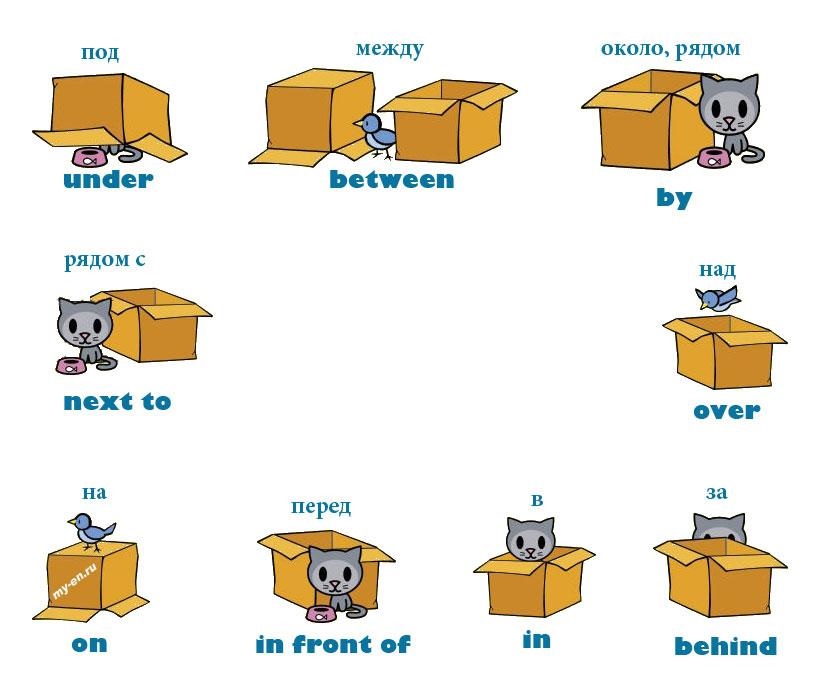 (Svetlov)
(Svetlov)
Either life becomes more melodious, or there is a nightingale in every house. (Svetlov) - and the coast, and the sea was silent.
Both the shore and the sea were silent.
A comma is not placed between homogeneous members connected by a single connecting or separating union ( and (= and) , yes in the meaning of and (= yes in the meaning of and) , or (= or) , or (= either) ).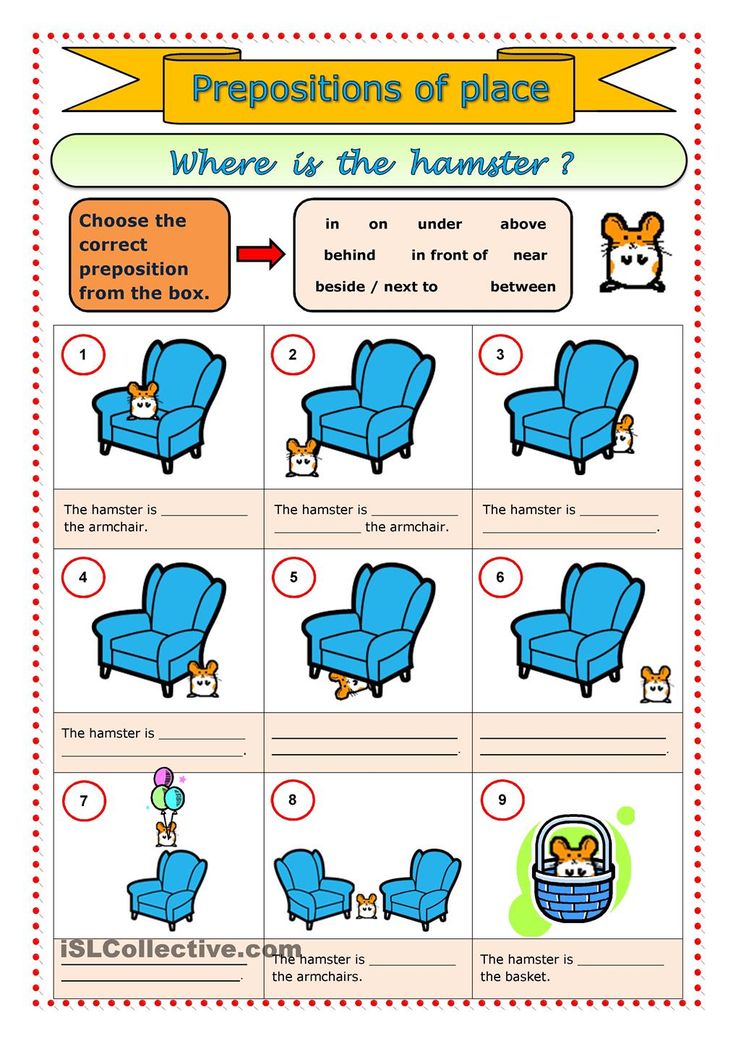
- The boat rocked, rose and disappeared.
The boat rocked, rose and disappeared.
Parts of some compound unions ( both ... and (= both…and) , not only...but also (= not only…but also) , not that ... not that (= not that… not that) etc.) are found with different homogeneous members or in different parts of a complex sentence. A comma is placed before the second part of such unions:
- Among garden flowers there are both elegant, and modest types.
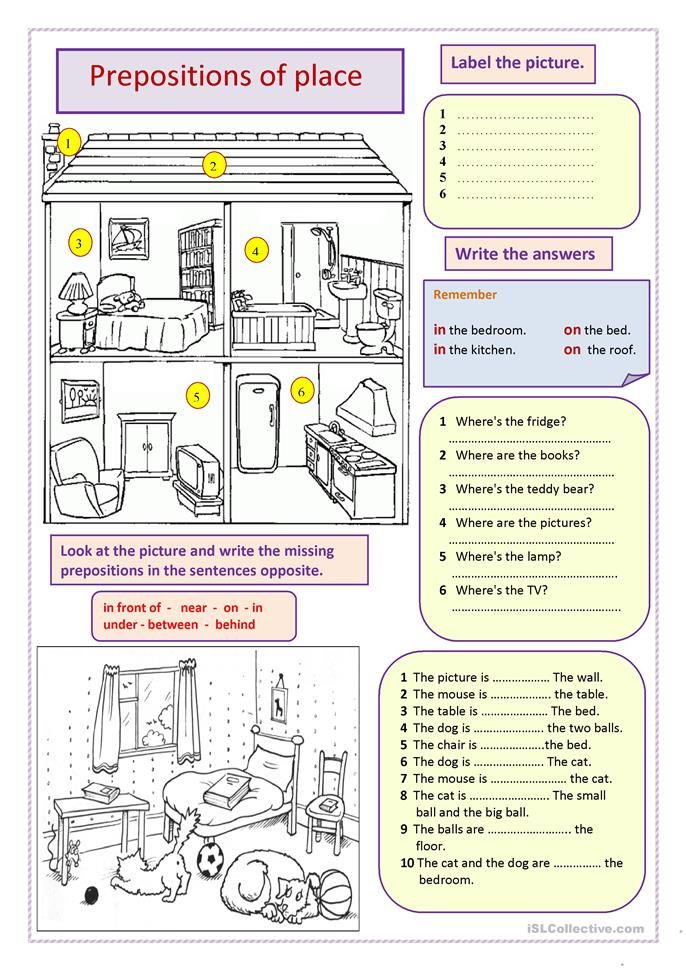
Among garden flowers, there are both elegant and modest types. - Not that smoke was coming from the fire, not that fog was rising over the swamp.
Either the smoke was coming from the fire, or the fog was rising over the swamp.
Subordinating conjunctions are conjunctions that connect simple sentences as part of a complex sentence. In such a complex sentence, one can pose a question from one sentence to another.
- The books are thickly smeared with pencils, (why?) because Seryozha likes to color pictures.
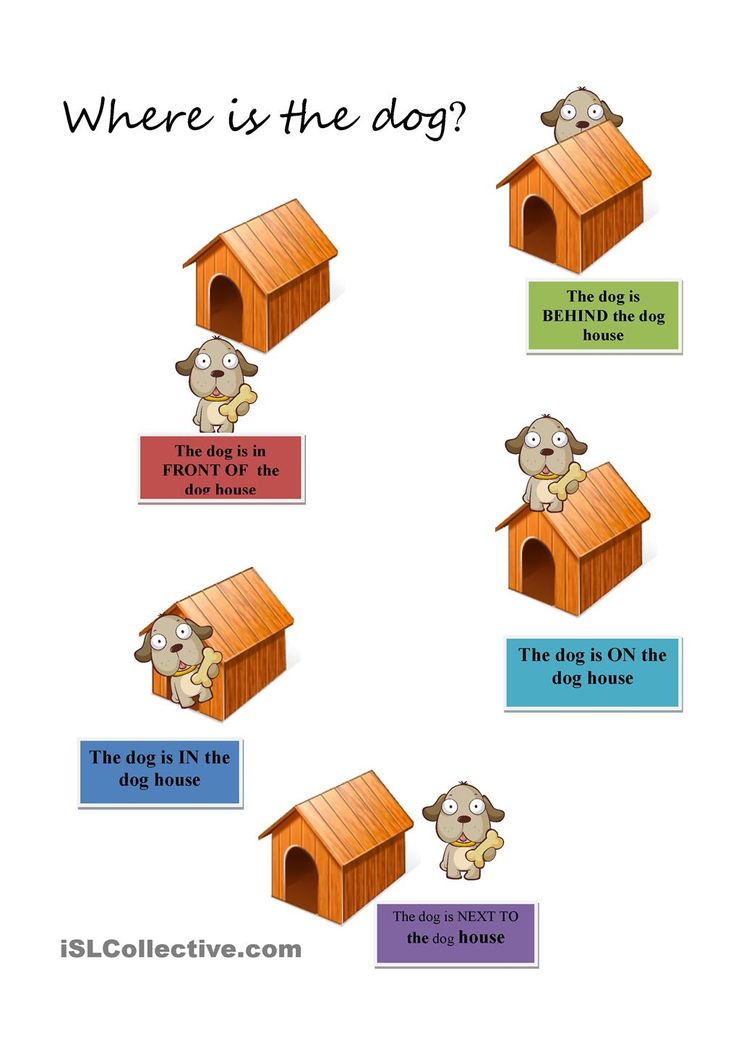
The books are thickly smeared with pencils, (why?) because Seryozha likes to color pictures.
By meaning, subordinating conjunctions are:
- explanatory:
- to (= to) , what (= what) , how (= how) , as if (= as if) , as if (= as if) , li (conjunction-particle) (= li(particle conjunction))
- temporary:
- when (= when) , bye (= for now) , once (= as soon as) , before (= before) , barely (= barely) , before as (= before)
- causal:
- because (= because) , for (= because) , because (= because) , because of (= because) , as a result (= due to) , due to the fact that (= due to the fact that)
- conditional:
- if (= if) , if (= if) , once (= times) , whether (= whether)
- target:
- to (= to) , to (= in order to) , so as to (= in order to)
- concessions:
- although (= though) , although (= even though) , let (= let)
- comparative:
- how (= how) , like (= like) , as if (= as if) , as if (= as if) , exactly (= exactly) , similar to (= like)
- investigation
- so (= so)
Particle
A particle is an auxiliary part of speech that introduces various shades of meaning into a sentence or serves to form word forms.
Particles do not change and are not members of the sentence.
According to the meaning and role in the sentence, the particles are divided into three categories:
- formative (used to form the conditional and imperative mood): b (= b) , would (= would) , Yes (= yes) , come on (come on) (= let's (let's)) , let (let) (= let (let))
- negative: not (= not) , neither (= neither)
- modal (introduce various semantic shades into the sentence, and also express the feelings and attitude of the speaker):
- interrogative particles: whether (= whether) , really (= really) , is it (= unless)
- pointer particles: here (= here) , out (= out)
- clarifying particles: exactly (= exactly) , just (= just) , directly (= straight) , exactly the same (= exactly the same)
- excretory and restrictive particles: only (= only) , only (= only) , exclusively (= exclusively) , almost (= almost) , only (= only)
- exclamatory particles: what the (= what the) , how (= how)
- reinforcing particles: even (= even) , neither (= neither) , same (= same) , after all (= after all) , already (= already) , after all (= still) , all (= all)
- relaxation of the requirement: -ka (give me, pour me) (= -ka (give me, pour me)) , something (milk has escaped) (= -something (the milk has escaped)) , -With (= particle -c is also used for this purpose :)
- doubt: hardly (= not likely) , hardly (= hardly)
- incentive particles: let (= let) , let (= let) , come on (come on) (= let's (let's))
Interjection
Interjection is a special part of speech that expresses, but does not name, various feelings and impulses:
ah (=ah) , oh (= oh) , ba (=ba) , Yes (= yes) , ugh (=fu) , Ugh (= pah) , hey (= hey) , eh (=eh) .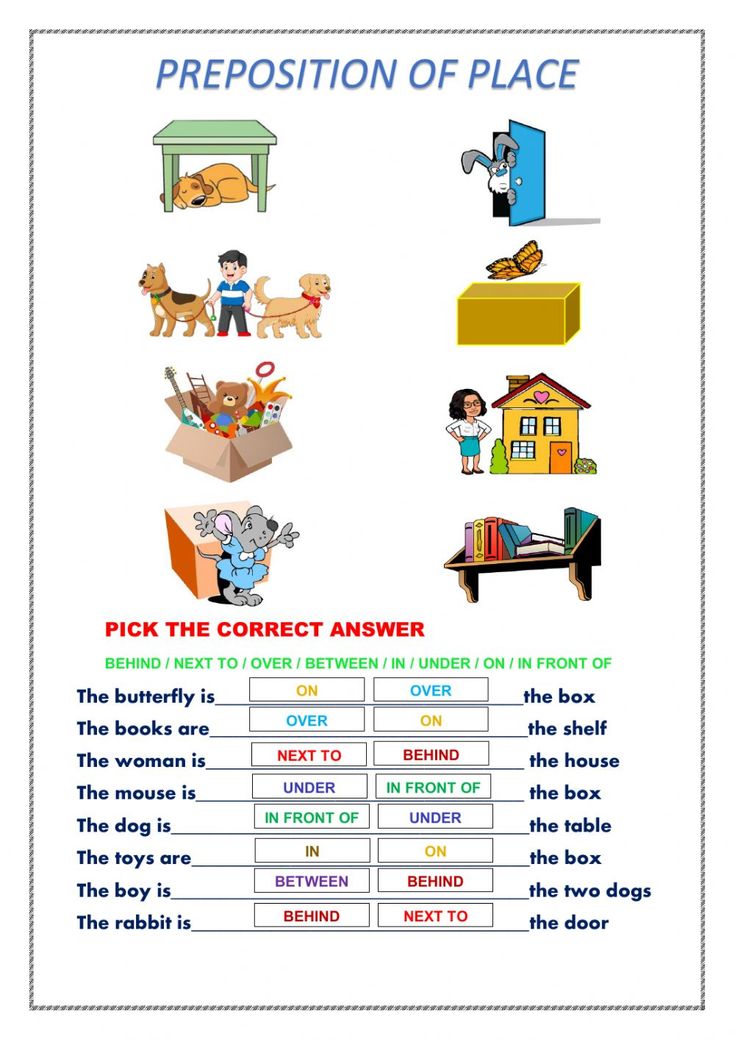 ..
..
Interjections also include onomatopoeic and calling words:
chick-chick-chick (= chick-chick-chick) , mur-mur-mur (= mur-mur-mur) , ding ding ding (= jin-jin-jin)
Interjections are neither independent nor functional parts of speech.
Interjections do not change and are not members of a sentence, but are sometimes used in the meaning of other parts of speech:
- Oh yes honey! (meaning: This is honey!) (= Ah yes honey! (meaning: Here is honey! (= That's honey!) ))
- Oh what amazing nights! (Okudzhava) (= Oh, what amazing nights! (Okudzhava))
Interjections are non-derivative ( a, e, u, ah, oh, eh, well, fu , etc.) and derivatives arising from independent parts of speech ( Sorry! (= Sorry!) , Fathers! (= Fathers!) , Horror! (= Horror!) etc.)
An interjection is usually followed by a comma.
Prepositions of place in English
When we want to talk about location, we need English prepositions of place. They indicate where the object is located in space and how it is located relative to other objects.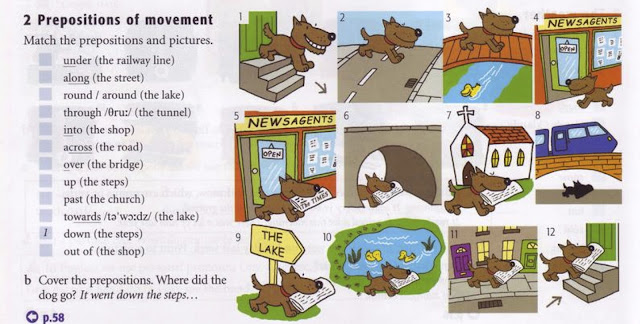
If all prepositions of place are removed from the sentence, then the phrase will contain nouns denoting objects, but the relationship between them will become incomprehensible. For example, in Russian, the meaning of the location in the phrase "next to / above / below the shelf" is determined precisely by the preposition.
To be able to talk about what is where, let's analyze all the main prepositions of place in English.
Basic prepositions of place: in / at / on
The three main prepositions of place in English are in, at, on. They are the most common and found in a large number of designs.
Meanings of prepositions in / at / on:
- in - in, within: in the car - in the car
- at - at a certain point, near the landmark: at the table - at table
- on - on the surface: on the table - on the table
The difference in the use of these prepositions of place in English cannot always be deduced from their basic meanings. Some usages are fixed in the language and need to be memorized. To understand when each of the prepositions is used, let's take a closer look at the cases of their use.
Some usages are fixed in the language and need to be memorized. To understand when each of the prepositions is used, let's take a closer look at the cases of their use.
The preposition in
The preposition in indicates that an object is within certain boundaries. Let us indicate in what situations this preposition is used:
Location or space in which the object is located:
- in the woods
- in the sky - on / in the sky
Don't get lost in the woods - Don't get lost in the woods.
Staying indoors:
- in the building
I don't feel comfortable in your room - I feel uncomfortable in your room.
With country, region and cardinal names:
- in Russia
- in Moscow
- in the west
I've lived in Berlin for six years - I have lived in Berlin for six years.
The English preposition in refers to the content of paper publications, photographs, paintings:
- in the photo
- in the newspaper
All you need to know is written in this book
Mirror reflection:
- in the mirror
She stared at her reflection in the mirror - She stared at her reflection in the mirror.
Set expressions:
- in the mood - in the mood
- be in the pink - to be in the prime of life
Stop making jokes, I'm not in the mood today - Stop joking, I'm not in the mood today.
Preposition at
The preposition at can mean "in" or "around". This English preposition of place indicates a chosen point or landmark of a location.
The preposition at is used with visits to institutions, when it is necessary to indicate not being inside the premises, but to determine belonging to a certain type of activity:
- at school
- at university
- at work - at work
- at the library
I never got a single prize while I was at school
He got this book at the library
It can be not only an institution, but also activities:
- at a lecture
- at a conference0005
- at a concert - at a concert
I'll see John tomorrow at the lecture - I will see John tomorrow at the lecture.
The preposition at also has the meaning of proximity to an object:
- at the door
- at the table - at the table
There's a woman at the door, asking for Mr Smith
At fixes the location point:
- at the bus station
Let's meet at the bus station
This English preposition of place is used in set phrases:
- at the top of
- at the bottom of
We had to stop at the top of the hill and wait for the engine to cool down - We had to stop at the top of the hill and let the engine cool down.
Preposition on
The main meaning of the preposition on is an indication of the surface:
- on the floor
I knelt down to play with the baby on the floor
The word floor can also be used to mean "floor". The English preposition of place in this context remains the same:
on the… floor
I'm used to live on the first floor
Mode of travel and transport:
- on the bus
- on foot - on foot
There is free wi-fi on the train
The preposition on is also used when referring to a road or path:
- on the road
- on my way - on the way
There was heavy traffic on the roads
Pages:
- on the page
This exercise is on page 14.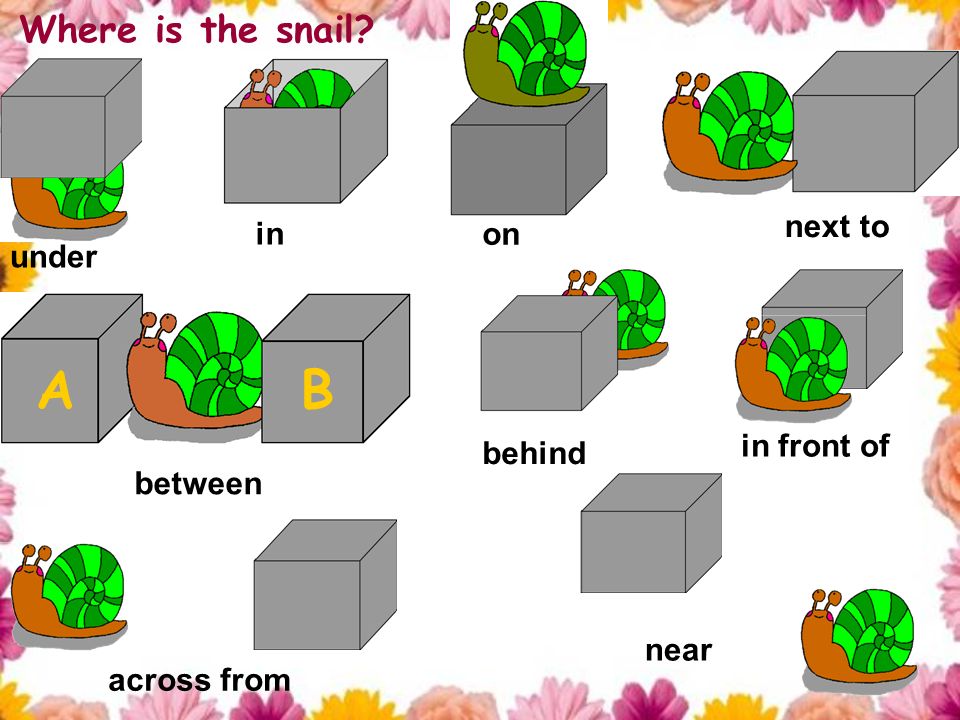
Lists and maps:
- on the map
- on the menu
I cannot find his name on the guest list
With multimedia media:
- on television
- on the radio
I've heard this song on the radio
Word combinations "left" / "right":
- on the left
- on the right
You will see the hospital on the left - You will see the hospital on the left.
Other expressions:
- on holiday
- on sale
- on business
Who will double for the secretary while she is on holiday? - Who will replace the secretary while she is on vacation?
Differences between at / in / on
Often these prepositions of place in English are used in similar contexts. Such cases should be given special attention.
For example, in the following phrases, prepositions differ:
- in the armchair
- on the chair - on the chair
You also need to remember the following pair of words:
- in bed
- on the sofa - on the sofa
She threw herself down on the sofa
The expression in bed (in bed) is used not only in a literal sense, but also as an indication of bed rest:
The patient must remain in bed
Institutions are not always necessarily used with the preposition at, there are also expressions with in:
- in hospital
- in prison
Henry takes charge of it while I am in the hospital - Henry will take care of it while I am in the hospital.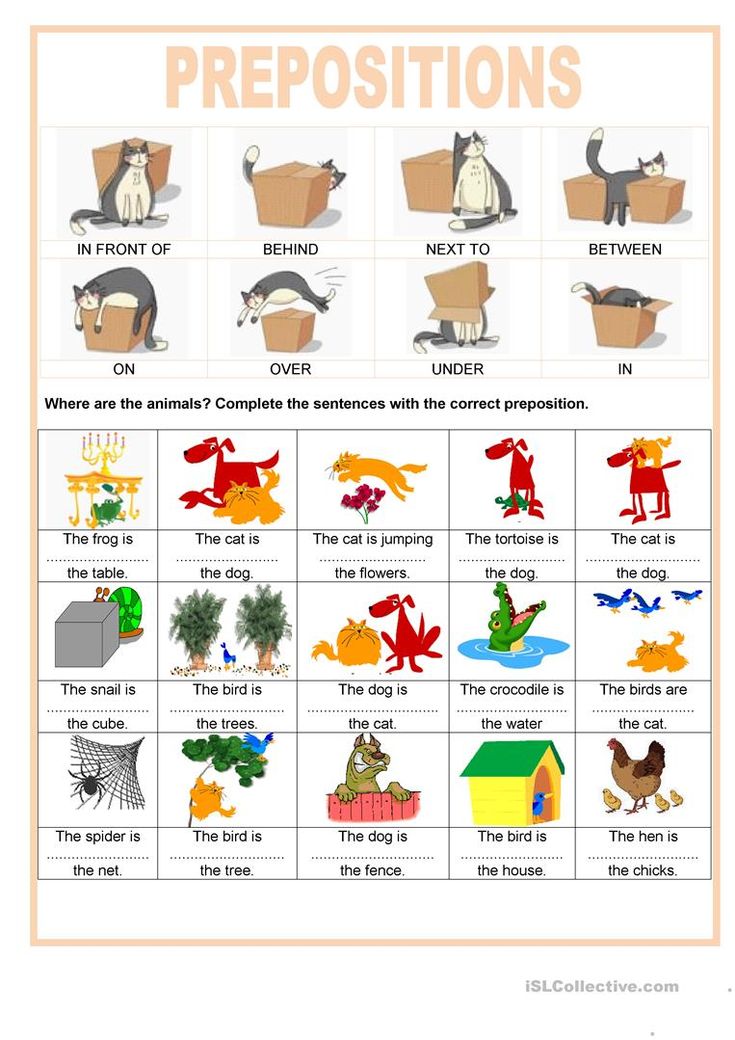
The use of English prepositions of place is different, and when we talk about a house in the sense of a building or as a certain kind of territory:
- at home - at home
- in the house - in the house (that is, in the building, indoors)
I want to stay at home - I want to stay at home.
I was at my granny's house - I was at my grandmother's house.
It's so cold in her house - It's so cold in her house.
The preposition on is used to describe a vehicle:
- on the plane
- on the train
But when it is necessary to emphasize the location inside, the preposition in is used:
I left my bag in the bus
When we talk about the content of a page, we use the preposition on (on the page). But if we are talking about a page of a book as a physical object, then the preposition at is used:
When the teacher saw the boy squinting at the page, she thought that he might need glasses
I opened the book at page 44
Other prepositions of place in English
The possibilities to indicate the location of an object in space are not limited to at, in and on. Prepositions of place in English are much more varied. To make it easier to understand them, we will divide the list of prepositions into groups with similar or opposite meanings.
Prepositions of place in English are much more varied. To make it easier to understand them, we will divide the list of prepositions into groups with similar or opposite meanings.
Above / below:
- above - above level: The note was put above the door - The announcement was pasted above the door.
- below - below the level: As the sun went down below the horizon, the sky became pink - When the sun went below the horizon (fell below the horizon), the sky became pink.
- over - over: He flew over the sea - He flew over the sea.
- under - under: Under the stairs there was a storage closet - There was a pantry under the stairs.
Front / rear:
- before - before: Everyone fell on the knees before the queen - Everyone fell on their knees before the queen.
- behind - behind, behind: The church is behind these trees - The church is behind these trees.
Between, among:
- among - among: There were lots of famous musicians among the guests - There were many famous musicians among the guests.
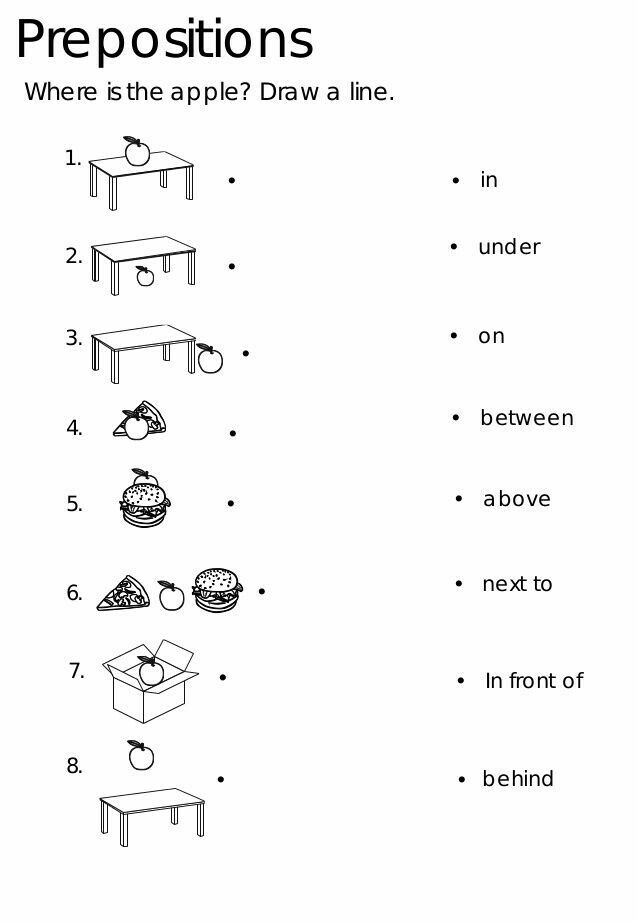
- between: The ship goes between the two islands. — The ship runs between the two islands.
Similar English prepositions among and between have different uses. Between means being between two objects, and among means being among a set of objects.
Near / Far:
- by - y, next to: We got a house by a river - We bought a house by the river.
- near - near, about: There is a rosebush near the fence - A rose bush grows near the fence.
- beside - next to, near: You shall stand beside me in the church - You will stand next to me in the church.
- next to - next to, near: I arranged that they should be seated next to each other - I agreed that they would be seated next to each other.
- beyond - beyond, on the other side: The valley where we live is beyond these mountains - The valley in which we live is located behind these mountains.
Opposite:
- across - on the other side: And then she saw one of her good friends across the street - And then she saw one of her old friends on the other side of the street.
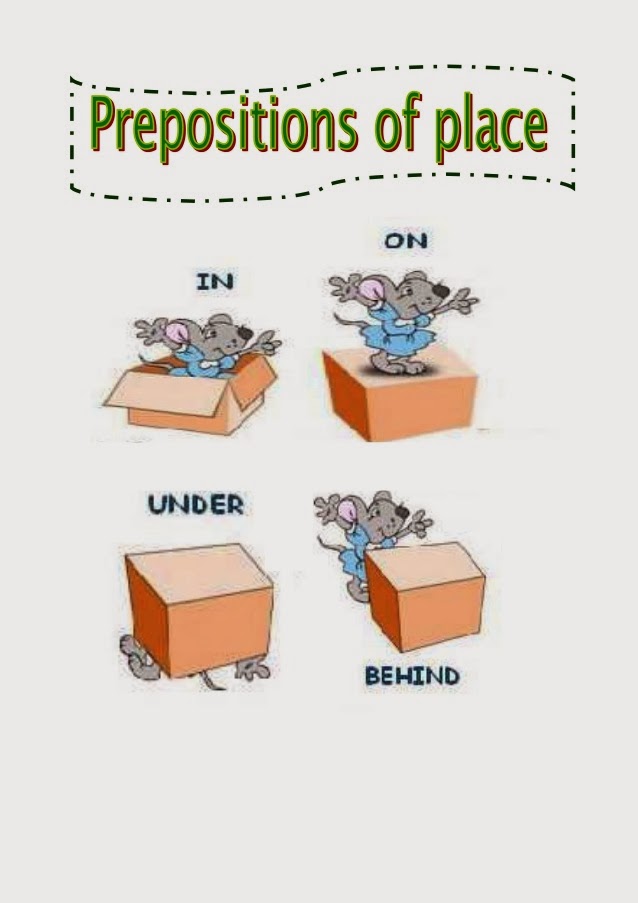
- opposite - opposite: They stood opposite each other - They stood opposite each other.
- in front of - in front, opposite: The car has stopped in front of the gate - The car stopped in front of the gate.
Inside / outside:
- inside - inside, in: The car wasn't inside the garage - There was no car in the garage.
- outside - outside, outside: Outside the building people are still waiting - People outside the building walls are still waiting.
Direction and trajectory
Prepositions of place in English can describe not only the position of an object in space, but also the direction of movement. The difference in the description of "where" or "where" is most often determined by the verb, and the preposition remains unchanged. For example, the phrase on the table in an isolated form can be translated as "on the table" or "on the table":
I saw a book on the table
I put the book on the table - I put the book on the table.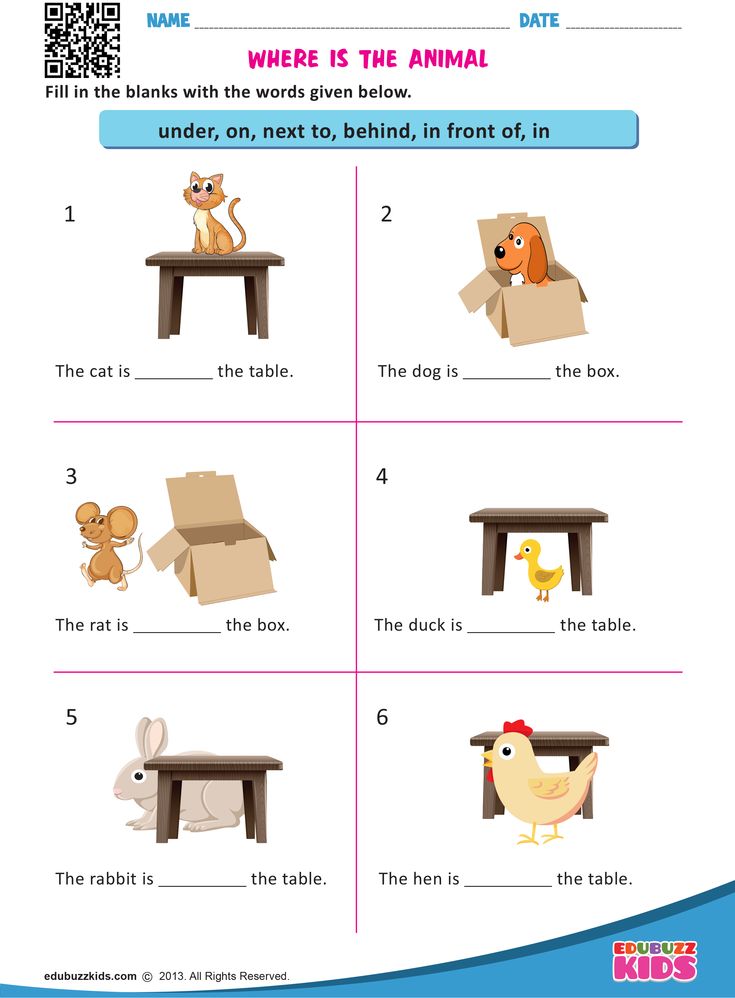
However, there are special prepositions that indicate the direction of action:
- to - to: Please, come to me - Please, come to me.
- towards: Everybody's eyes were directed towards him .
- into - inside: She got back after lunch and ran the car into the garage - She returned after breakfast and put the car in the garage.
- onto - on, up: The dog jumped onto the sofa - The dog jumped onto the sofa.
- from - from, from, from (direction from the starting point): Water dropped from the ceiling into the pan on the floor - Water dripped from the ceiling into a basin standing on the floor.
There are also prepositions of trajectory that indicate the nature of movement:
- across - through, through, across: Use a boat to get across the river - Use a boat to get across the river.
- through - through, by: Walking through the forest one day, we found a little hut - One day, walking through the forest, we found a small hut.
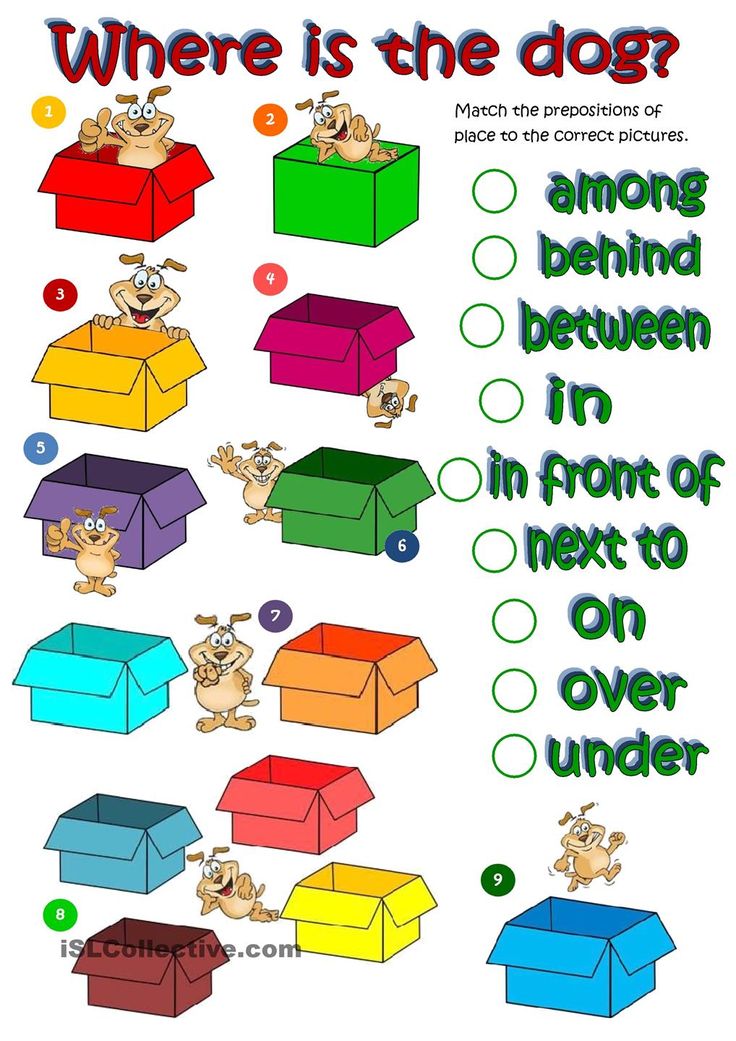
Learn more

